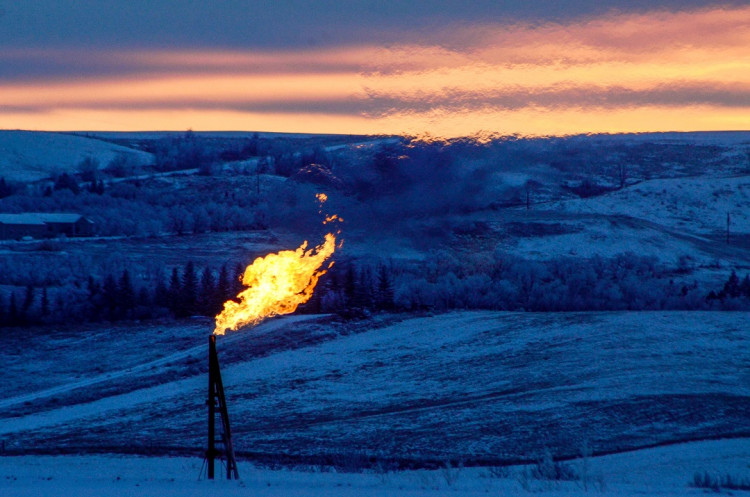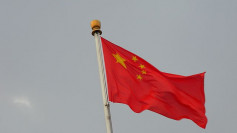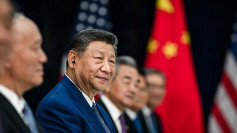To ease concerns over the possible reduction in the country's oil supply from direct imports, the US government announced on Saturday that it is ready to tap into its vast oil reserves if necessary. The announcement was made following the coordinated attacks on Saudi Arabia's oil facilities, which essentially cut the country's oil production by more than half of its capacity.
The recent attacks, which was claimed to have been perpetrated by Yemen's Houthi rebels, damaged a number of the kingdom's major oil infrastructures. US Secretary of State Mike Pompeo has outright blamed Iran for the attacks, citing that there was no concrete evidence to pin the drone strikes on the Houthi rebels.
The attacks had cut the country's production capacity by more than 5 million barrels per day, which is equivalent to around 5 percent of the world's oil production. Countries dependent on the products from the world's largest oil exporter have started to express their concerns on the possible decrease of supply.
Fortunately, the United States had prepared for such a situation through the establishment of the reserve program called the Strategic Petroleum Reserve (SPR). The program, which was established under the US Energy Department, has since become the world's largest oil reserve.
The SPR was first established by former Secretary of State, Henry Kissinger, in 1975 shortly after the Arab oil embargo. Due to a lack of overseas supply, US gas prices had skyrocketed, which severely damaged its economy.
Under the SPR program, the US has held onto massive amounts of oil placed in heavily-guarded underground facilities located in Louisiana and Texas. According to the Energy Department, the SPR currently holds around 645 million barrels of oil, with 395 million of them being heavy sour crude and 250 million of light sweet oil.
In the decades that followed, and particularly during the US' oil boom, politicians had called for the reduction in the country's oil reserves. Fortunately, the call was left unheeded and the country continued to increase its reserves for emergency situations.
US law allows for any administration to have access to the reserve only during emergency situations. These situations include a large-scale supply disruption that threatens the economy. Since the SPR was established, reserves have been accessed three times.
The last time the reserves were tapped was in 2011 after Middle Eastern supply was disrupted due to the domestic strife in Libya. Former President Barack Obama ordered the release and sale of around 30.6 million barrels.
In 2005, former President George W. Bush ordered the sale of 30 million barrels to counteract the oil supply disruption caused by Hurricane Katrina. The first time the SPR was used was in 1991, with the release of 34 million barrels to support troops and warplanes in the country's attacks on Baghdad.






